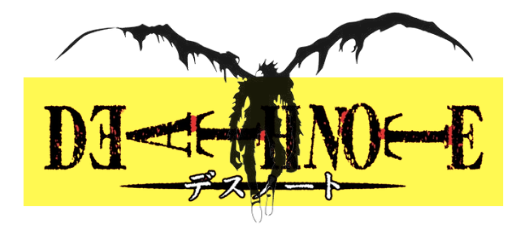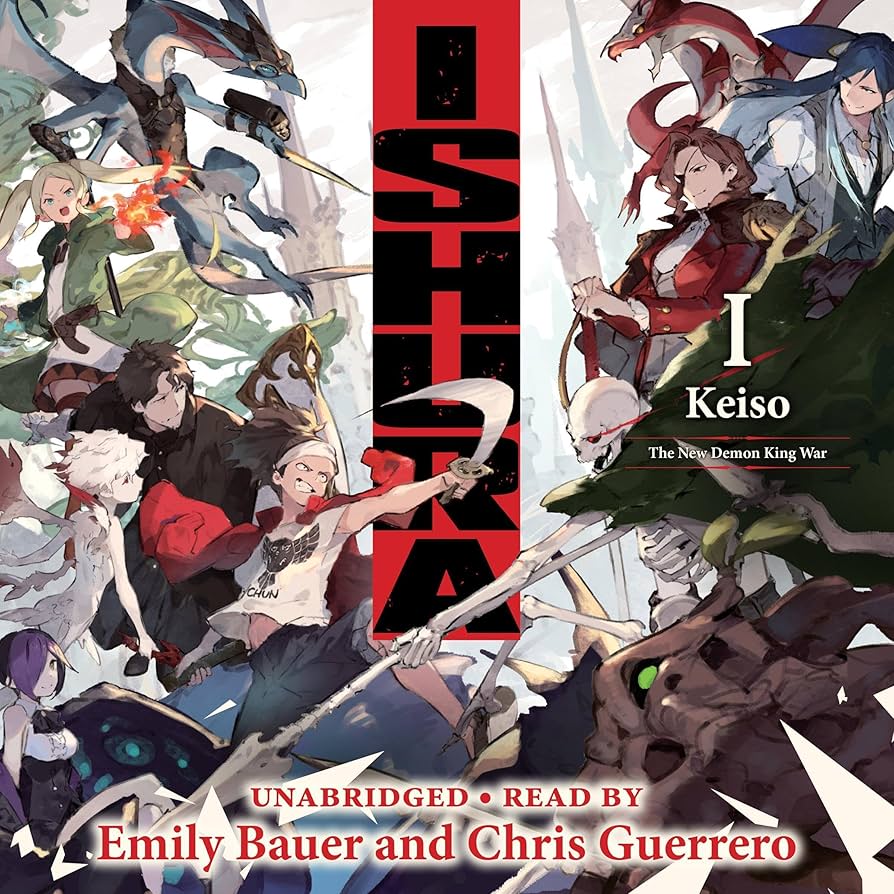Uncategorized
Ishuras Main Characters: Heroes, Antiheroes, and Their Motives
Ishura is a captivating narrative universe that has intrigued audiences with its complex characters, each imbued with unique motivations that drive their actions throughout the story. At the heart of Ishura are its main characters, who can be categorized as heroes, antiheroes, or occasionally, tragic figures straddling the line between good and evil. What sets this universe apart is the multifaceted depiction of its characters, allowing viewers and readers to explore themes of morality, sacrifice, and the very essence of heroism.
The Heroes of Ishura
The heroes in Ishura stand as icons of virtue, embodying values such as courage, compassion, and a commitment to justice. Characters like Lira, with her unwavering dedication to protecting the innocent, serve as a moral compass for others in the world of Ishura. Her journey isn’t simply about fighting evil; it’s also about understanding what true heroism means in a world rife with gray morality. Lira’s relationships with her allies and the sacrifices she makes emphasize her loyalty and the depth of her character, making her a relatable and inspiring figure. Through her, the narrative showcases how heroes can inspire hope and resilience in others, reminding the audience that genuine heroism often comes with personal costs.
The Alluring Antiheroes
Conversely, Ishura’s portrayal of antiheroes adds a rich layer of complexity to its character roster. Figures like Kael challenge traditional notions of heroism through their morally ambiguous decisions. Often driven by self-interest, revenge, or a twisted sense of justice, Kael’s actions force the audience to grapple with the question of whether the ends justify the means. Unlike the archetypal hero, his character development is marked by internal conflict and external consequences, leading to moments of reflection that deepen the viewer’s engagement with the story. The allure of antiheroes like Kael lies in their imperfections and struggles, making them compelling and often more relatable than clearer-cut protagonists.
Motivations and Their Impact
The motives behind the actions of both heroes and antiheroes illuminate the darker and more intricate aspects of Ishura’s world. Characters are often shaped by their past experiences, desires for power, love, or revenge, which propel them toward actions that define their paths. For instance, while Lira fights for justice, her past traumas fuel her drive, creating a sense of urgency in her mission. On the other hand, Kael’s pursuit of revenge against those who wronged him adds a layer of sympathy to his character, despite his questionable choices. This exploration of motives allows for a nuanced narrative where viewers are encouraged to empathize with characters from all walks of life, urging them to reflect on their own struggles and ethical dilemmas.
Connecting to the Community with Ishura Merch
The impact of Ishura’s characters extends beyond the screen or page and into fandom culture, where Ishura merch plays a significant role in connecting fans to their favorite heroes and antiheroes. From collectible figures to apparel featuring iconic quotes or imagery, the merchandise encapsulates the essence of the characters and the stories they inhabit. Fans often express their personal connections to the characters through their purchases, as these items become symbols of their own journeys and struggles. The community surrounding Ishura thrives on these shared passions, making them feel more invested in the narrative and its inhabitants. Whether it’s a t-shirt emblazoned with Lira’s emblem or a poster of Kael in a contemplative pose, Ishura merch helps keep the dialogue about these complex characters alive and fosters a community of like-minded individuals who appreciate the depth of storytelling within this universe.

